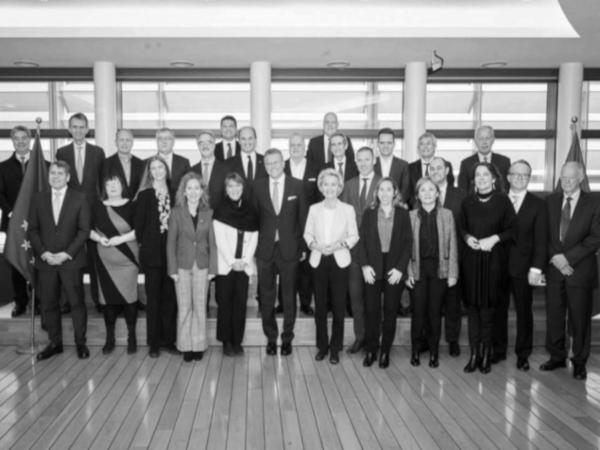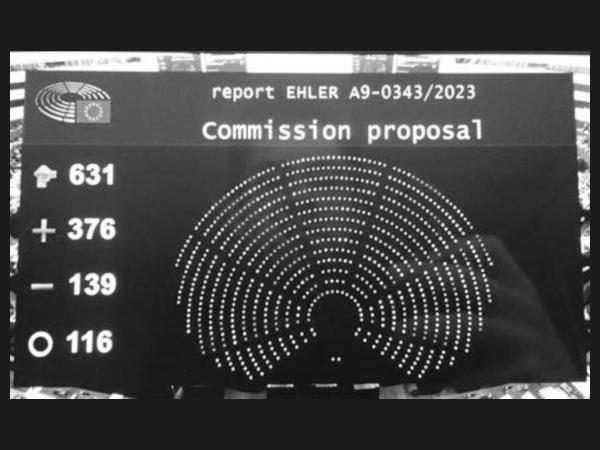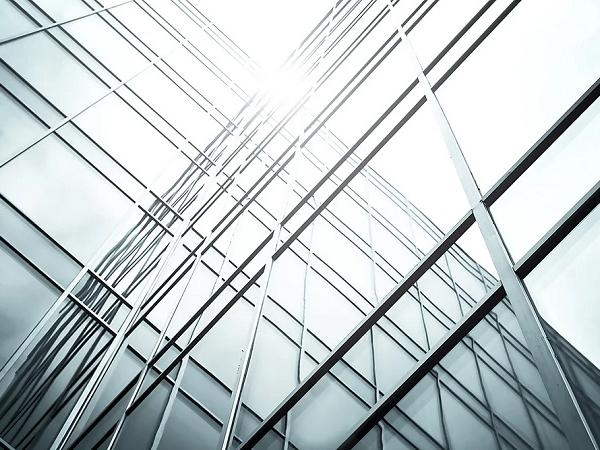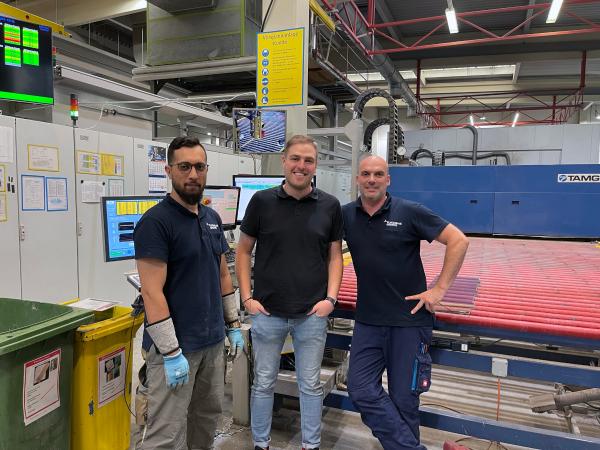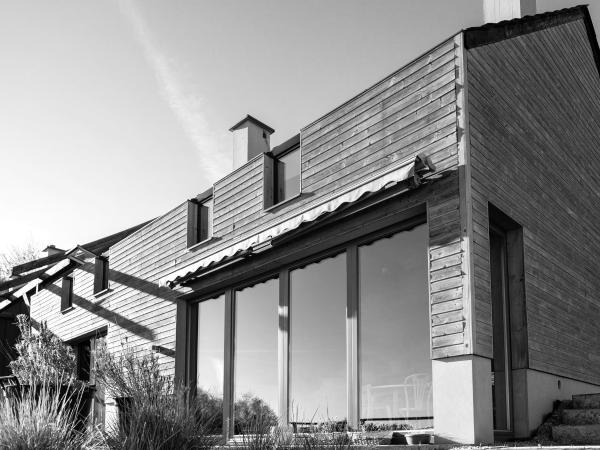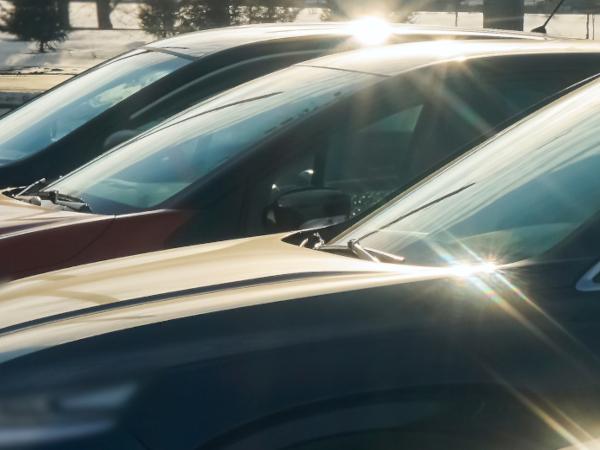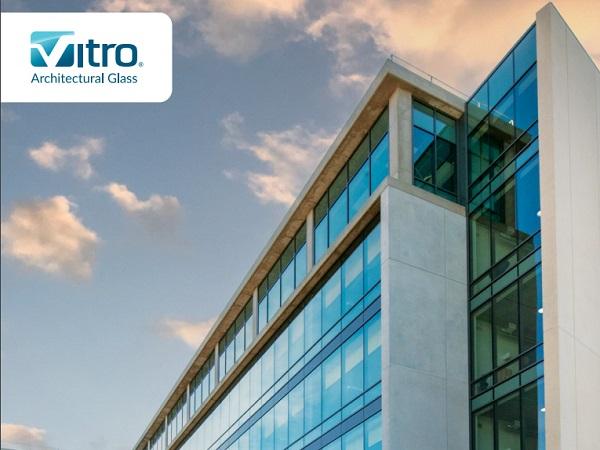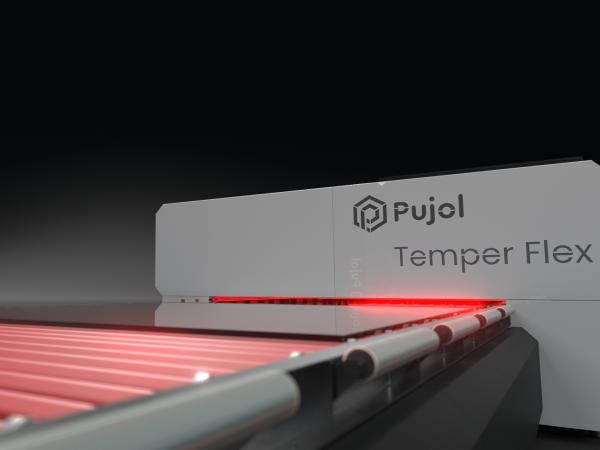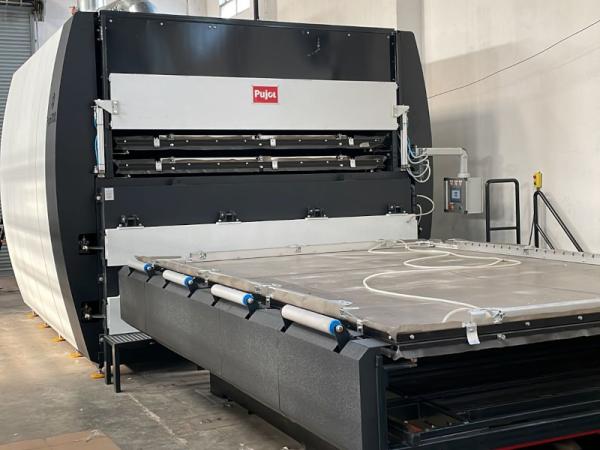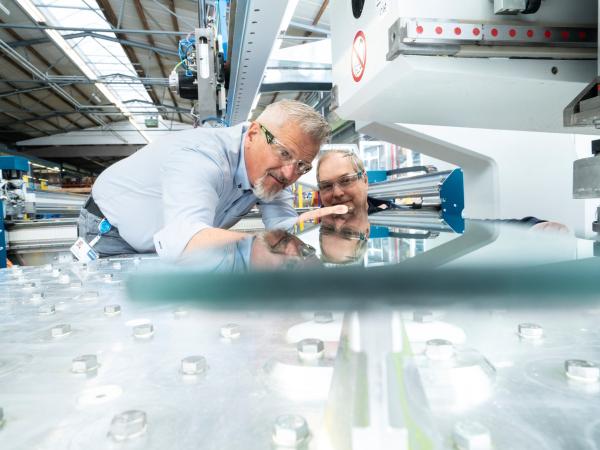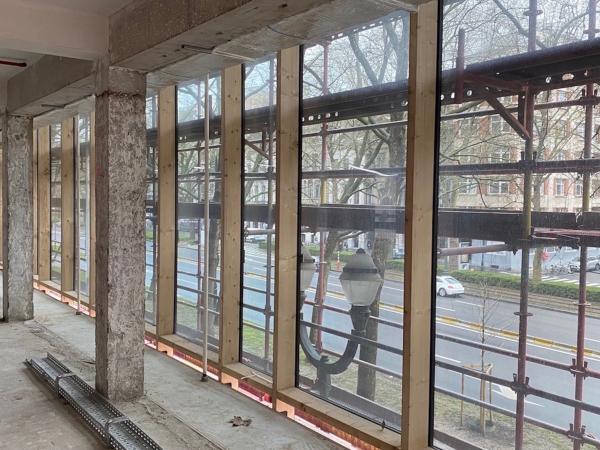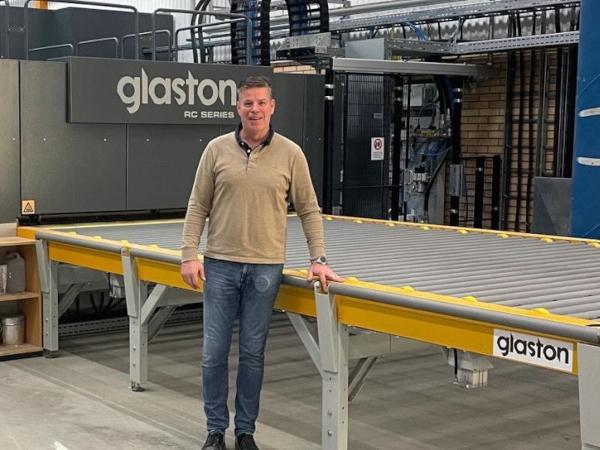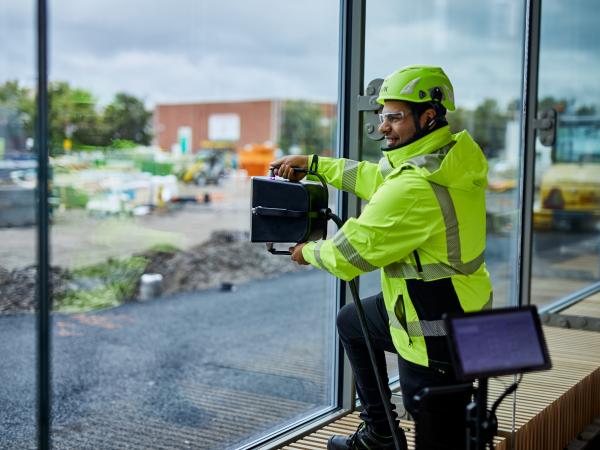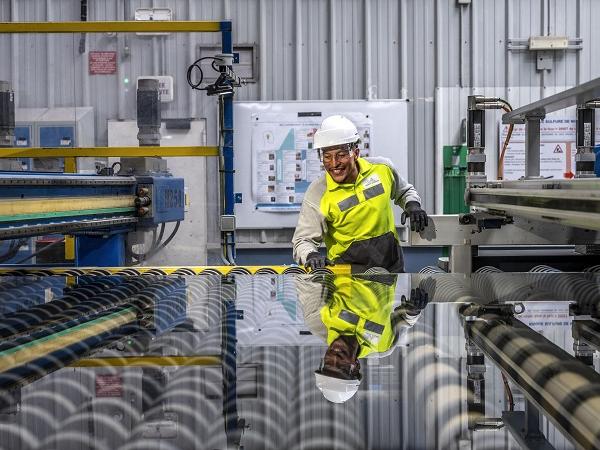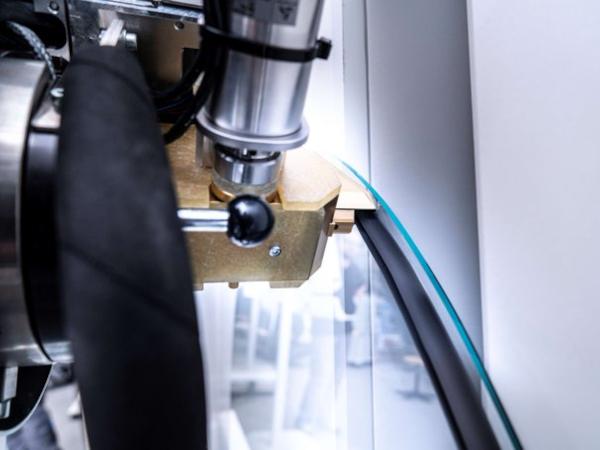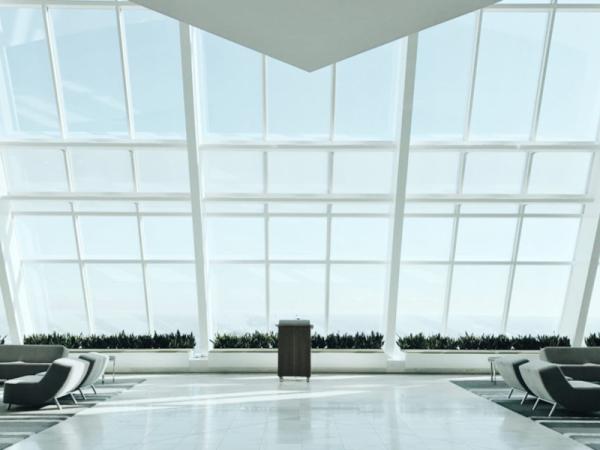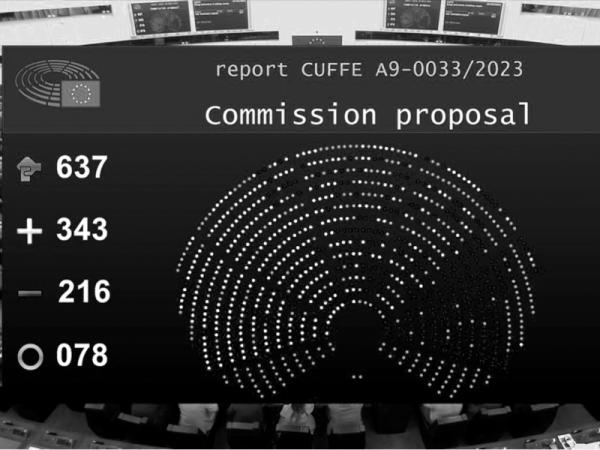Others also read
Yesterday, Glass for Europe’s Chairwoman Joana Arreguy from Saint-Gobain participated in the EU Clean Transition Dialogue on industry with EC President and Executive Vice-President.
On November 21, the European Parliament has adopted its position on the Net-Zero Industry Act with 376 votes to 139 and 116 abstentions.
Understanding the benefits of triple pane windows - a deep dive into insulating glass units and energy efficiency.
Now is the time to focus on energy efficiency, quality and automation with every piece of glass processed.
High-performance glazing could save up to 37% of the total energy consumption from the EU building stock by 2050!
The new Fenzi AGT technology revolutionizes automotive glass enamels, reducing costs and energy consumption.
This year at Vitrum you can see the future of the glass industry
Vitro Architectural Glass has published its new glass catalog, which includes product details, performance data and inspiring project photography.
Glass and glazing industry technical leaders gathered at the NGA Glass Conference: Tacoma, July 25-27.
Pujol 100 PVB+ has not only helped to reduce investment costs but will also allow significant savings in costs derived from a higher energy efficiency.
Worldwide, glass manufacturing produces at least 86 million tons of carbon dioxide every year. A new type of glass promises to cut this carbon footprint in half.
Energy efficiency is one of the key ways to make the electricity you use in production go further.
eyrise® smart glass facades help this pioneering building renovation achieve WELL certification.
Higher production capacity with lower energy consumption
Measuring the gas concentration of insulating glasses has become more important than ever as it contributes to the energy efficiency of the insulating glass.
Saint-Gobain is the first manufacturer in the world to carry out a test production of flat glass using more than 30% hydrogen during Research & Development (R&D) trials at the Herzogenrath site in Germany.
New study conducted by independent consulting firm quantifies return on investment for advanced low-e glazings
The rising costs of fossil fuels, at least in big parts of the world, and a general pressure in the reduction of CO2 is driving industries of all kinds to explore and use alternative energy sources.
This blog on Glastory by Uwe Risle is covering the strategies to minimize costs in insulating glass production.
Automotive glass can contribute to reducing the environmental impact of vehicles.
Energy-efficient buildings products such as high-performance glazing must be considered as ‘strategic net-zero technology’.
Satinal Group is still on a path of growth, designing and installing a new TK Lamijet oven, projected for security glass lamination.
The European Parliament adopted its position on the Energy Performance of Buildings Directive (EPBD) with 343 votes in favour, 216 against and 78 abstentions.

